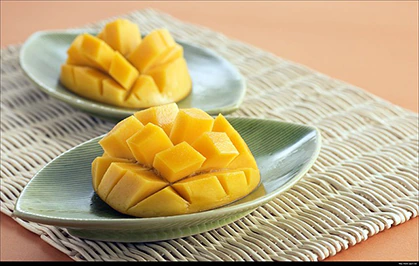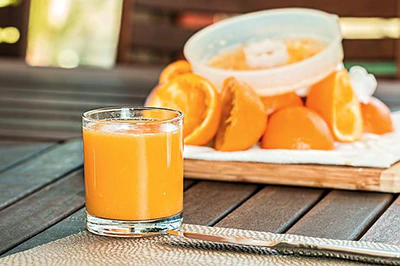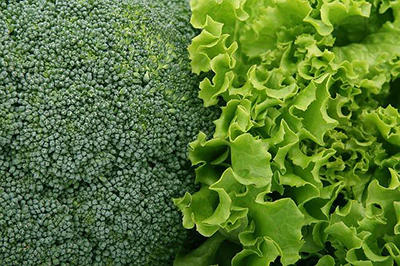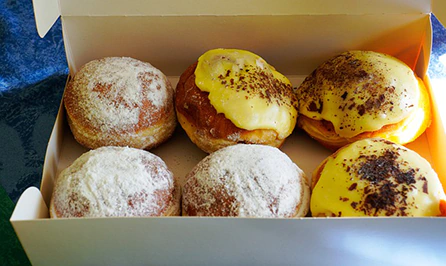| Additive Summary | Violaxanthin (E161e) |
|---|---|
| Essence | Violaxanthin or E161e is a Carotenoid (of the Violaxanthin (E161e) naturally found in orange-colored fruits, green vegetables, a variety of plants and mainly used for the purpose of delivering typically a yellow natural color in food (in plants can appear orange as well). |
| Names | CAS 126-29-4, 5,6:5′,6′-Diepoxy-5,5′,6,6′-tetrahydro-β,β-carotene-3,3′-diol, Violaxanthine, All-Trans-Violaxanthin, Zeaxanthin Diepoxide, E161e, Violaxanthin, and others. |
| Sourcing | Commercially, it is typically created from the Viola species plants, like garden pansies (Viola × wittrockiana), or microalgae. |
| Manufacturing | At least some of the ways for creating this additive include solvent extraction. Meaning, the Carotenoid is extracted (with ethanol), isolated (through saponification), and purified (through silica gel column chromatography and preparative High-Performance Liquid Chromatography). |
| Application | Coloring (yellow, sometimes purple, potentially also orange, water-insoluble). |
| Acceptable Daily Intake | It’s recommended in amounts up to 5 milligrams for every kilogram of body weight. |
| Side Effects | Violaxanthin has no known side effects. It is currently not approved in the European Union and the United States. |
| Benefits | As a Carotenoid, Rubixanthin can offer powerful antioxidant benefits. It is also known to provide anti-inflammatory, anti-proliferative, and proapoptotic properties. But other than that, there isn’t much known. |
| Studies | 1,050+ studies on Pubmed. Less than 10 studies on safety. |
| Allergens | None. |
| Diet Restrictions | None. |
| Health Knight Assessment |
Only Beneficial. | Category 0 Additive. |
| Products | Violaxanthin is not common in supplements. It can be naturally found in oranges, tangerines, lettuce, kale, broccoli, spinach, mangos, mameys, papaya, peaches, apricots, nectarines, persimmons, and others. It is also rare with processed foods but can be used in sweets, candy, and food decorations. |



